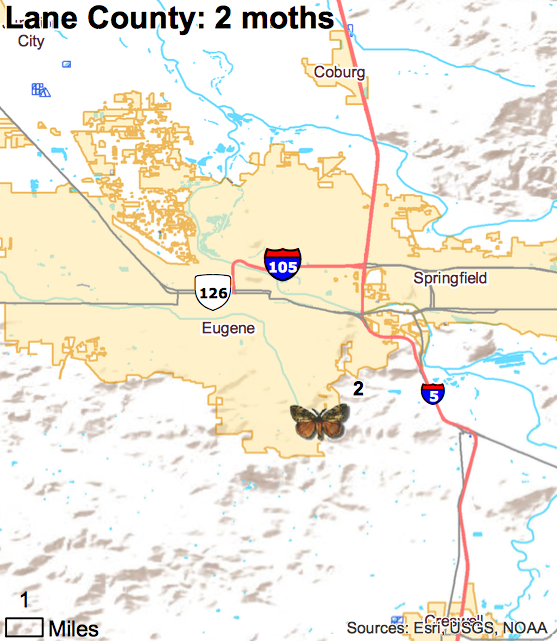Domestic Relocation
According to United Van Lines (2018), Oregon held the #2 spot for inbound moves in 2017, which has increased since 2016, when Oregon held the 3rd highest percentage of inbound moves. However, according to Atlas Van Lines (2018), Oregon had the 8th highest percentage of inbound moves in 2017, which has fallen since 2016, when Oregon held the 2nd highest percentage. Regardless of the exact ranking, the fact is that Oregon has been sitting comfortably on the top 10 list for inbound moves for both moving companies, for multiple years.
Anyone living in Oregon already knows that the number of people living here is growing. But this growth is not only being felt in the Portland-Metro region. According to 2017 Census data, the Bend-Redmond area is 3rd fastest growing metro area in country and Crook County, Oregon is the 8th fastest growing county (with population of 10,000 or more) in the country (census.gov, 2017).
People can unknowingly bring invasive species with them into Oregon when they move here from out of state. Some items of concern include potted plants that may be carrying invasive species, such as the Japanese beetle.
Tourism















